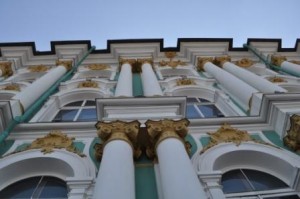
Some 20 years after the fall of communism in the Soviet Union, I found myself engaged in the most capitalistic of interactions: trying to figure out how many rubles equals how many dollars while negotiating the purchase of a pair of painted wooden Easter eggs in St. Petersburg. The calculations were simply for my benefit, so I’d know what I was spending: the souvenir markets of St. Petersburg. Euros, dollars, pounds sterling, rubles, and credit cards are happily accepted. It seems that a whole industry has grown up to satisfy cruise ship passengers’ and land tourists’ desire for reproduction Faberge eggs, matrushka dolls, lacquer boxes, Baltic Sea amber, and Russian icons.
In Your Bucket Because….
- Souvenirs reflect the imperial wonders of Old Russia, which the Communist regime could never completely stamp out.
- The colors and designs are striking and colorful.
- Good for art and history lovers, as well as lovers of folklore and rustic crafts.
I had a fairly packed schedule while visiting St. Petersburg on a 48-hour cruise ship layover. But my hosts made sure I had time to leave a few of dollars behind.
Popular Russian Souvenirs
The souvenirs and folk art of Russia is as colorful and ornate as the city’s famed palaces and cathedrals.
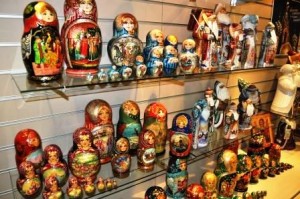
Matrushka Dolls: Also called babushka dolls or matryoshka dolls, these nesting dolls are made of wood with painted designs Usually, there are a minimum of five nesting dolls in a set, but sets can include a dozen or more. Interestingly, matrushka dolls were only invented at the end of the 1800s,and were a copy of a Japanese design. Since then, designs and themes have become ever more creative and whimsical; for example, during the perestroika years, a set of dolls was created that contained Communist Soviet leaders, their sizes assigned by the length of their term of office.
There are three levels of dolls:
- Collectors’ dolls which can cost hundreds of dollars (or even in the thousands) depending on how many dolls are in the set and how complex they are. The designs are one-of-a kind.
- Russian-made sets of dolls suitable for use as toys. These are not one-of–a kind; they use stock designs, and may be made using mass production techniques. Costs range depending on size and number, but are in the $30 – $100 range.
- Chinese knock-offs are available for about $20 on the street. These might seem to be the choices for young children, although lead paint might be an issue: Better to reserve these gifts for children old enough not to eat their toys.
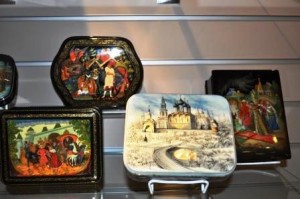
Lacquered Boxes: Painted with scenery from Russian folklore, pictures of palaces, or natural themes, these lovely boxes are priced from about $50 to several hundred dollars or even more, depending on the size and the complexity of the artwork. As with dolls, the one-of-a-kind art-boxes are much more expensive that those painted with stock designs. Knock-offs can be had for a few dollars, and make nice gifts for little girls who have treasures to store.

Icons: These traditional religious paintings of Russian saints are made on wood, often with lots of gilding. Genuine icons predate the Russian Revolution and are now expensive antiques. Look for them antique stores, not tourist markets. Contemporary reproductions and originals are made for the tourist trade. Depending on the artist, these may cost $50 and higher, again, depending on size, the artist, and the work involved. Good gifts for religious friends.
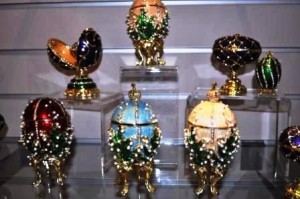
Faberge Eggs: Real Faberge eggs, of course, are museum pieces, originally made by the House of Faberge from 1885 through 1917. Like Matrushka dolls, they contain secrets, only these secrets are made of jewels and precious metals, not wood. Indeed, the most ornate eggs contain secrets within secrets, and art works within art works. Opening in various ways, they may contain tiny mis-en-scene renderings of palace drawing rooms, or hold a tiny (or not so tiny) jewel. Made of gold and silver or semi-previous stones, they were decorated with gems and enamel. Today’s reproductions are hardly inexpensive: Prices range from about $20 for a tiny very simple egg (one that could be worn as a pendant on a necklace), to several hundred dollars for a larger more complex design. These are a nice present for mom.
Amber Jewelry: As with all countries on the Baltic Sea, amber jewelry is widely available. Baltic amber comes in colors ranging from yellow and green to dark red and even purple. Passengers on Baltic cruises will find a wide selection in all Baltic ports, as well an at the on-board shops. The cost depends on many factors, but amber is available in just about any budget, and makes a unique, easy-to-carry gift.
Practicalities
You will undoubtedly be approached by street peddlers near the entrances to some of the major tourist venues, especially the Hermitage and the Church on the Spilled Blood. Be aware that many of the street souvenirs are knockoffs made in China: You didn’t really expect to get a set of Matrushka dolls for $10, did you?
Warnings: According to Russian tour guides, while many of the street peddlers just want to sell you a string of postcards, some work in tandem with pickpockets or work other scams:
- Keep an eye on your belongings. That includes your “secret” money belts. Street thieves know where to look.
- Credit cards are widely accepted in souvenir shops, but it’s safer to use cash than credit cards. There is a healthy industry in credit card fraud in Russia. Here’s where it’s probably not a bad idea to judge a “book by its cover” when buying with a credit card. It’s usually safe to use credit cards in shops you are taken to by guides affiliated with your cruise ship.
- Never buy a tin of caviar from a guide or street vendor: “Good deals” are more likely to involve cat food than caviar.
For reliable quality at reasonable prices, try the souvenir shops just catty corner to the Winter Palace. As you stand in Palace Square facing the palace there are souvenir shops in back of you and to the right, across the street from the square.
Shops in the major St. Petersburg palaces and museums — the Hermitage, Catherine Palace, Peterhof and so on — are quite modest by museum standards, but sell genuine souvenirs at slightly higher prices. On Holland America’s Eurodam, passengers also have the opportunity to buy Russian crafts and gifts; check with your cruise line’s shop to see if there will be a Russian bazaar night on board.
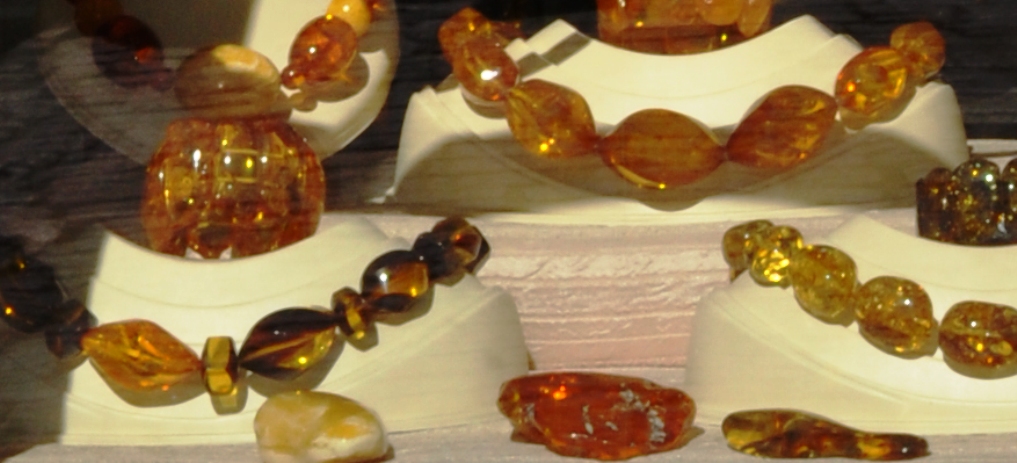

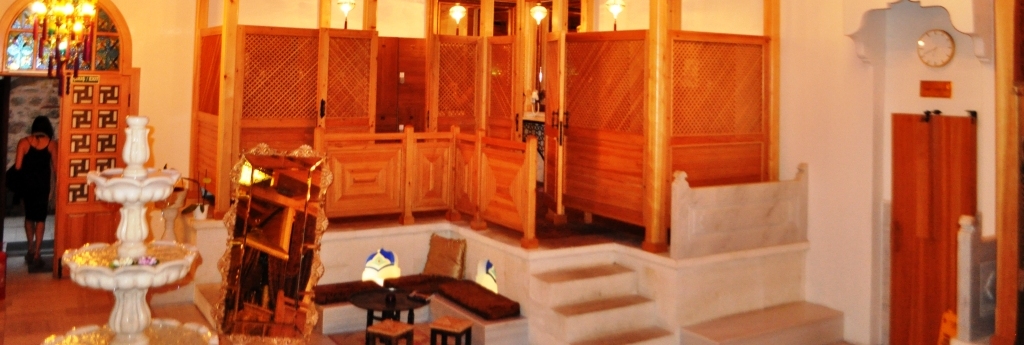
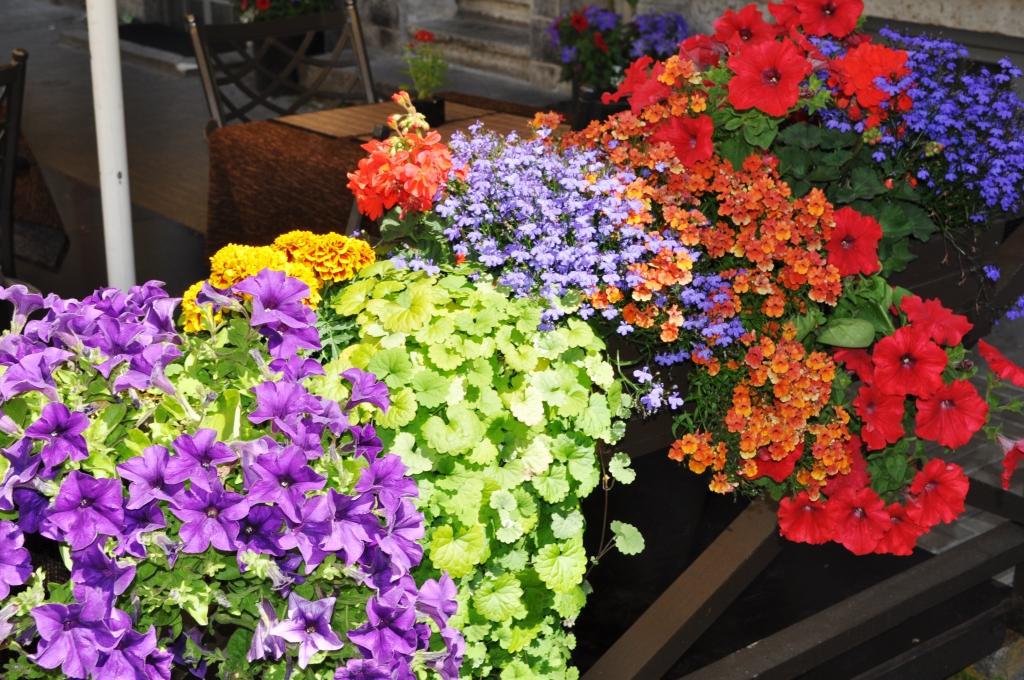
I am going to Kamchatka next week and hope to buy souvenirs., but under $300. In 1999 we went to Russia and found it easy to spend dollars, not rubles, but the vendors asked for newly-printed dollar bills. Is that still the case, or should I count on using rubles?
My experience a couple of years ago was the same as yours. Better stores also took credit cards, and charged directly in dollars, not rubles. You can always buy rubles if you need them. Clean new or newish money is preferable — I’d bring a variety of bills, because sometimes there will be a run on counterfeits of a certain denomination, and all of a sudden, they won’t want $100 dollar bills. $20s seem fairly safe. Also small bills, so you can make your own change. If you use credit cards, be sure to be vigilant in checking your statements back home — it’s rare, but there is occasional fraud.
Actually, if you are interested you could check boxes from birch bark. I’m shipping them from Siberia and they are quite popular among foreigners. Here is the link on Ebay: ebay. com /itm/252830393456 But you could find it your way of course
What is Russia known for worldwide? Vodka! It’s always a great souvenir or present to bring home from Russia. You just have to be careful when you travel it, I usually wrap a lot of clothes around the bottle and it’s always been fine in the suitcase.